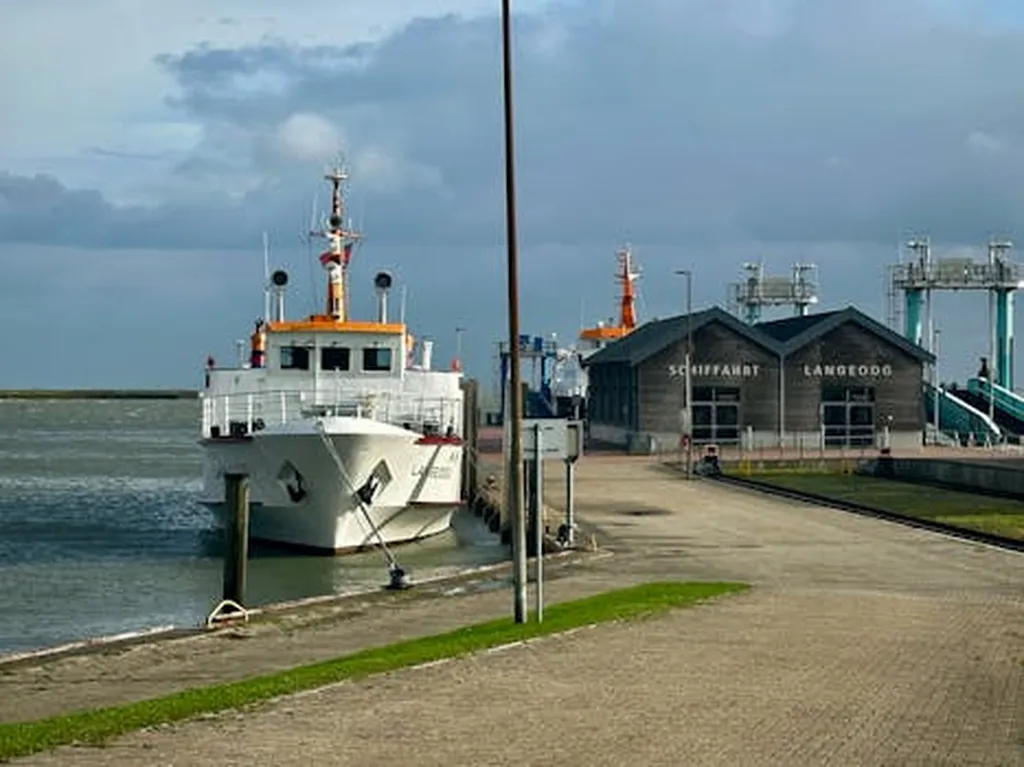In the ever-evolving world of maritime technology, researchers are constantly seeking ways to improve the efficiency and effectiveness of autonomous systems. A recent study published in the Journal of Marine Science and Engineering, titled “Scenario-Based Sensor Selection for Autonomous Maritime Systems: A Multi-Criteria Analysis of Sensor Configurations for Situational Awareness,” offers a fresh perspective on how to approach sensor selection for autonomous maritime systems. The lead author, Florian Hoehner, from the Institute for Sustainable and Autonomous Maritime Systems at the University of Duisburg-Essen in Germany, and his team have developed a dual-stage, multi-criteria procedure to evaluate and assess individual sensors based on scenario-specific requirements.
So, what does this mean for the maritime industry? Well, it’s all about tailoring sensor architectures to mission-specific needs. The study found that key performance criteria like accuracy and energy consumption vary significantly depending on the operational context. For instance, precision-focused tasks such as coastal surveillance benefit from specialized sensor suites combining electro-optical and laser rangefinder systems, achieving the highest performance score of 0.84. On the other hand, scenarios with balanced requirements like the protection of critical infrastructure see better results from architectures based on functional complementarity, such as electro-optical and radar systems, scoring 0.64.
One of the most significant findings of this study is that maximizing the number of sensors doesn’t necessarily lead to optimal performance. Instead, targeted, mission-specific configurations often outperform fully integrated systems. This shift in approach could have substantial commercial impacts. Maritime companies investing in autonomous systems can now make more informed decisions about sensor selection, potentially saving costs and improving performance.
As Hoehner puts it, “Our results demonstrate that for precision-focused tasks such as ‘Coastal Surveillance’, specialized sensor suites combining electro-optical and laser rangefinder achieves the highest performance score (0.84). Conversely, for scenarios with balanced requirements like ‘Protection of Critical Infrastructure’, architectures based on functional complementarity (e.g., electro-optical and Radar, score (0.64)) prove most effective.”
The study also introduces a robustness assessment that systematically captures the impact of component failures, adding another layer of reliability to the decision-making process. This flexible approach serves as a generic decision framework for designing unmanned maritime systems across different mission profiles.
For maritime professionals, this research opens up new opportunities to optimize sensor configurations for various operational scenarios. By integrating key performance metrics and failure scenarios within a context of prioritized operational requirements, the dual-stage multi-criteria procedure enables more than just selecting an optimal configuration. It reveals the fundamental architectural design principles, paving the way for truly robust and efficient sensor architectures for autonomous maritime systems.
In essence, this study shifts the design paradigm from a ‘more is better’ approach to an intelligent, context-aware composition. As the maritime industry continues to embrace autonomous technologies, such insights will be invaluable in driving innovation and efficiency. The study, published in the Journal of Marine Science and Engineering, is a significant step forward in the quest for optimal sensor configurations in autonomous maritime systems.

